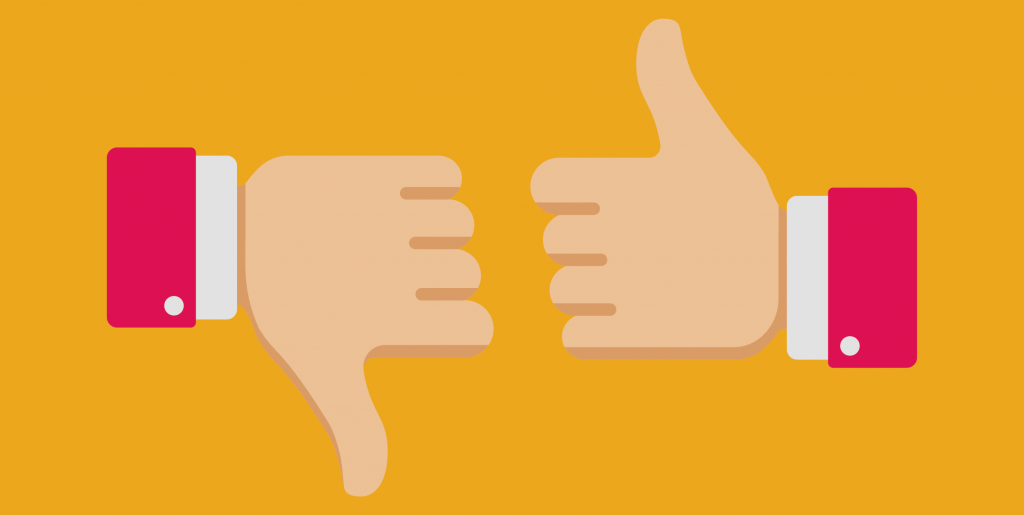If you are running a small business, you know how fierce competition can be. There’s a good chance you are also on a pretty tight budget. When you have an opportunity to really show off your product, you want to make the most of it.
Roller banners are that perfect solution. Trade fairs, conventions or any type of industry event needs a roller banner. It’s the most effective way to get your business all up in your customer’s business.
Here are a few reasons you need one, or two. Or three.
Visibility
When you have these set out in front of your booth, they are the first thing people will see. Depending on your position at the trade show, you may be all but hidden. Short of setting your booth on fire, let the banner talk for you.
Set them out amongst the crowd to make sure they see you. If you have your logo and brand colours on display, people will be able to see you across the crowded room. Because you can use both sides, you can grab their attention coming and going.
Custom Made
Put whatever you need on the banner that you feel will be most recognisable. This is great if you have already established your brand in the community. Because they don’t cost much to make, you can have your standard one and one for the special event.
What a great way to promote your business and your own special personality. It’s important to stand out from the competition and this is a great way to do it. Have fun with your banner, make it catch their eye and their attention
Versatility
Not just for events, you can place them out front of your business for sales or other events, or just to attract attention. They can be used inside the store to draw attention to new products or sales.
As they are lightweight, you can easily move them about at the event. They also don’t take up any space, but they still pack a real punch. They are big and bold without wasting any space at all.
They also need very little storage space, as they just roll up into their case and can be easily stored until the next time you need it. Perfect for when you don’t have a lot of space to display any other types of promotional materials.
Durability
These banners can be used over and over again. They are lightweight and easy to transport. Taken care of, there is no reason these banners won’t last for years.
They are so easy to use. Just set it up on the stand and then take it down and roll it up when you are finished. Easy to keep clean and will even stand up to small repairs, if needed.
Cost Effective
Any one of these reasons for roller banners makes them cost-effective. The fact you can have a few of them, easily assemble and store them and reuse them time and time again means they pay for themselves.
Possibly one of the most popular products for special events, they can be single or double sided and come in different sizes.
Contact us today with your idea and we’ll be happy to roll up with a high-quality roller banner for your next event. Roll up, indeed!




